As a power supply worker in the Inner Mongolia autonomous region, Wang Fei is proud he is doing his bit in combatting desertification in a region known as the Horqin Sandy Land — the second-largest of its kind in China.
The region covers an area of 5.73 million hectares, spanning 16 counties, banners and districts in the prefecture-level cities of Tongliao, Chifeng, as well as Hinggan League.
Wang's unit, State Grid Tongliao Power Supply Co, has developed a new model of coexistence between the sandy grid and economic necessity, letting its staff members engage in a campaign they call the "Hundred-Herb Bag Initiative" and plant fire-resistant green vegetation along the power lines.
As 52.9 percent of its total area is covered by sandy topsoil, Tongliao plans to develop "five major ecological industries" in achieving "five major ecological governance targets", so as to win the battle against Horqin by 2030.
Wang, head of the Baxiantong Central Power Supply Business Office, said Tongliao Power Supply Co has constructed a herb garden, selecting 12 plant species suitable for growth in Horqin for seedling, germination and experimental cultivation.
Carrying bags of seeds of plant species such as Pterolobium punctatum and Salix gordejevii, the power grid employees can plant green vegetation along their power line inspection routes, helping strengthen the foundations of the towers as well as stabilize the sand dunes, he said.
This can also help solve the problem of unstable power grid operations as well as high operating and maintenance costs caused by falling poles, he said.
To keep the plants in the sandy soil, they have devised various methods such as constructing grass grids and planting drought-resistant shrubs and willows, all of which aid in wind protection and soil reinforcement, Wang said.
"Since launching the Hundred-Herb Bag Initiative, we power workers have successfully transformed 23.3 hectares of sandy soil into fixed sand dunes, slashing the number of line failures by 56 percent, or 103 occurrences, while protecting the beauty of nature," Wang said.
Besides planting fire-resistant green vegetation, the power workers also distribute seedlings among nearby villagers, encouraging them to grow the plants in their fields and earn extra income, Wang said.
Tumen Jaregen, a villager in Ulaaneregegacha under Naiman banner's Baxiantong town, said: "This year, 68 kilograms of seeds were distributed to villagers, and 1.7 hectares of sandy land were planted. When the seeds sprout, we can earn an extra income of 22,500 yuan ($3,160) for each hectare."
Cui Yubo, government head of Baxiantong, said the good practice of power workers spreading grass seeds while checking power lines has not only provided better guarantees for electricity supplies of local herdsmen, but also improved the ecological value of the sandy areas.
"Their Hundred-Herb Bag Initiative is a good project that is environmentally friendly and benefits the people," Cui said.
According to Tongliao's municipal forestry and grassland bureau, the existing 2.73 million hectares of sandy land in the city are still fragile in an ecological sense, and difficult to control.
When the battle against Horqin is won by 2030, the city's forest and grass coverage rate could reach 54.68 percent while the comprehensive vegetation coverage rate of desertified land could fall to 48 percent, it said.
By then, Tongliao would be in a position to develop its forest medicine industry as well as its forest and grass carbon sink industry, it said, noting that by 2030, the cultivation area of the city's agricultural base featuring red apples will likely reach 33,330 hectares, with an expected annual output valuing 2 billion yuan.








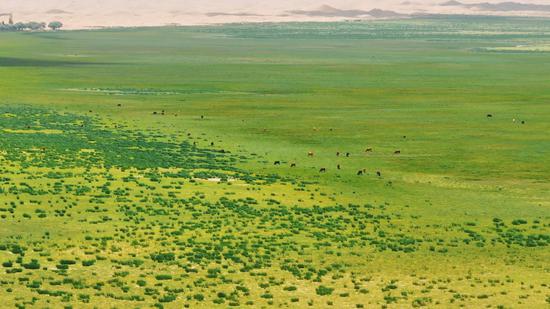
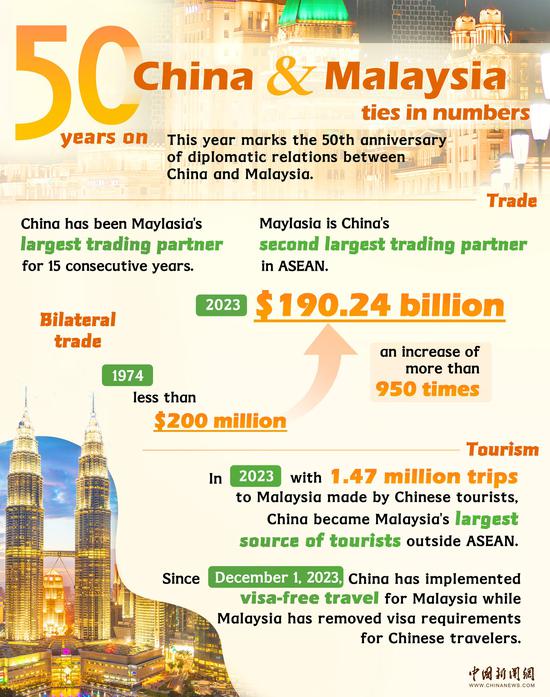



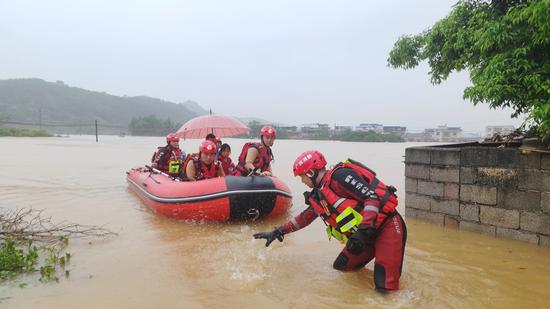







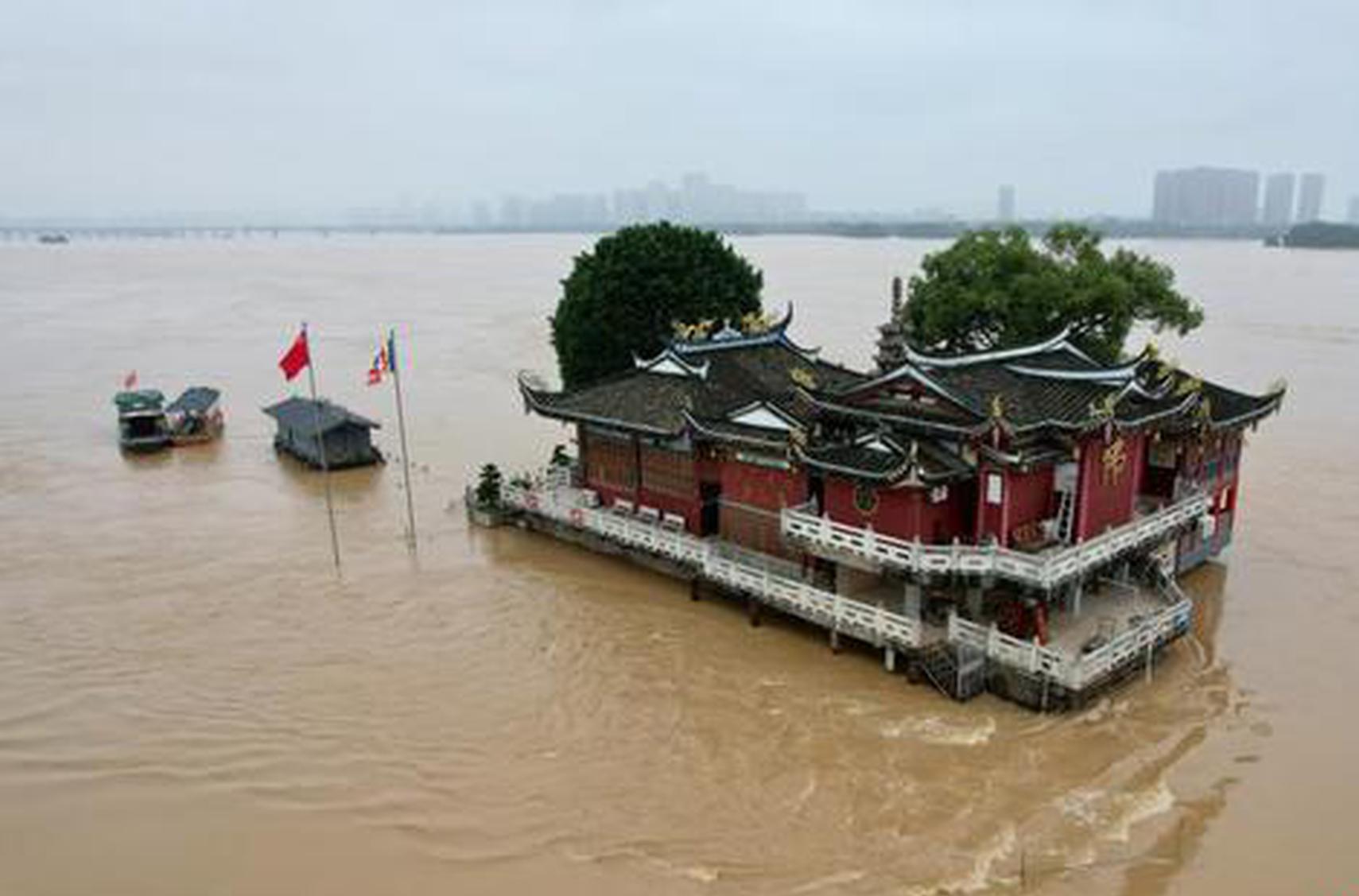






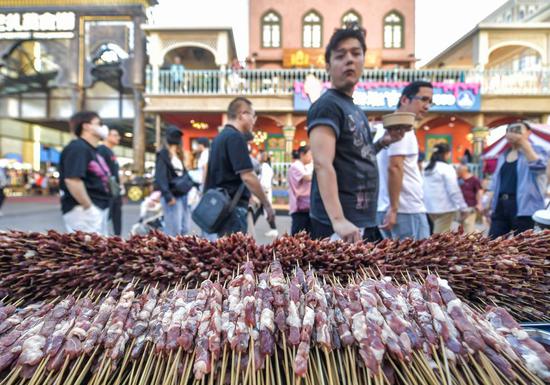
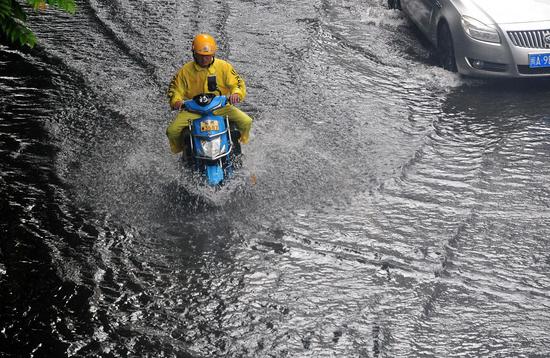
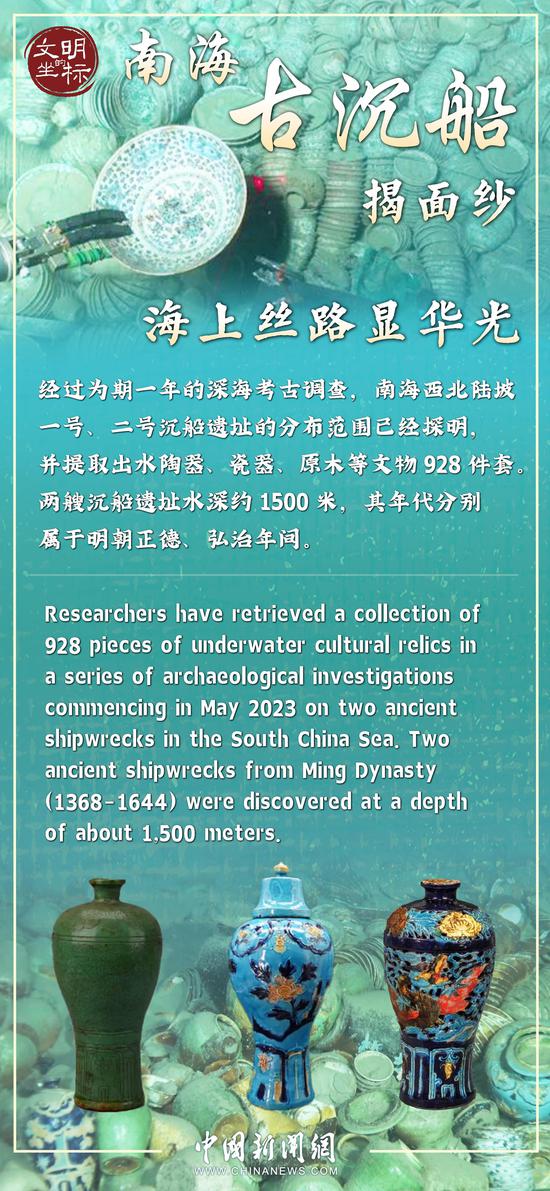
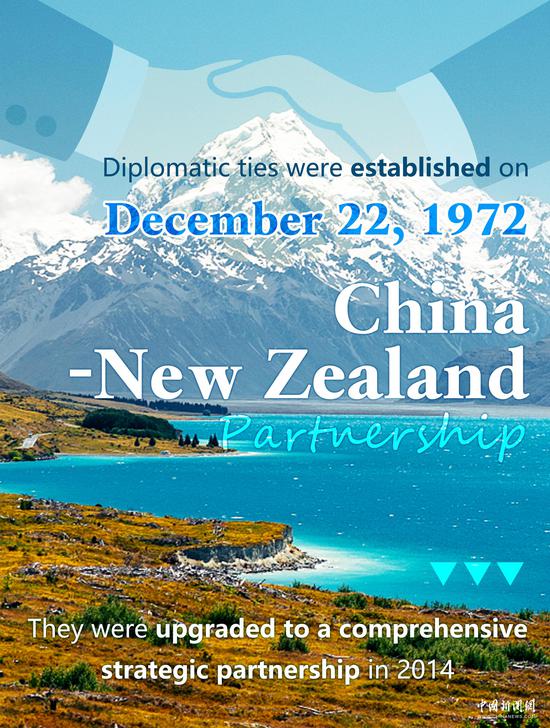
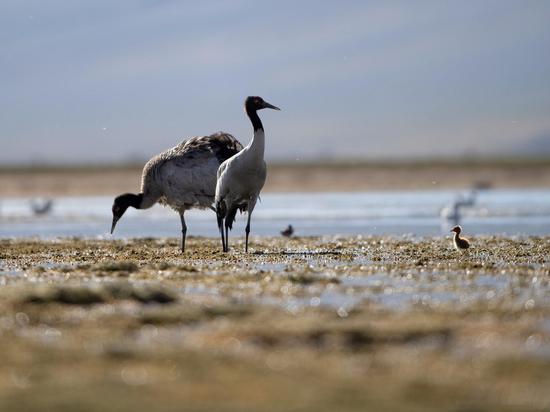
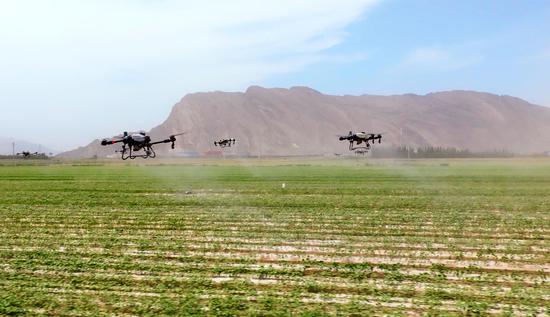


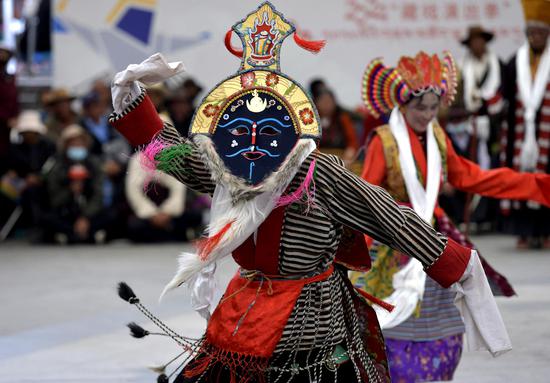


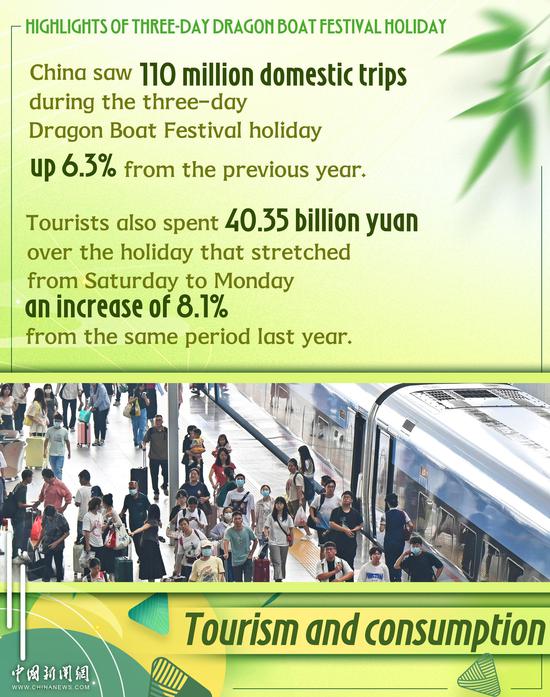


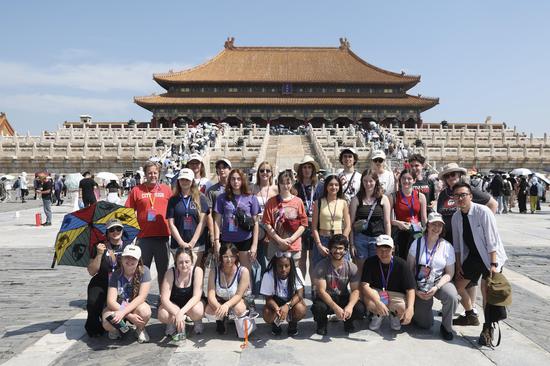
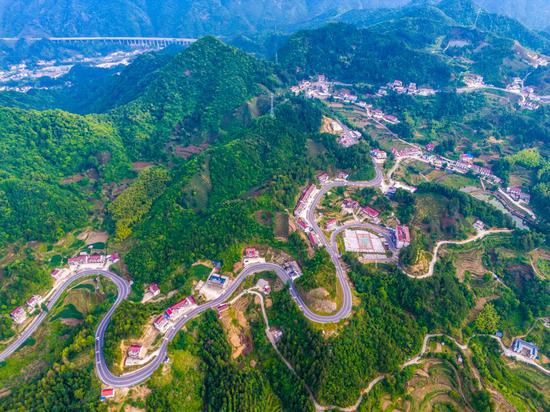
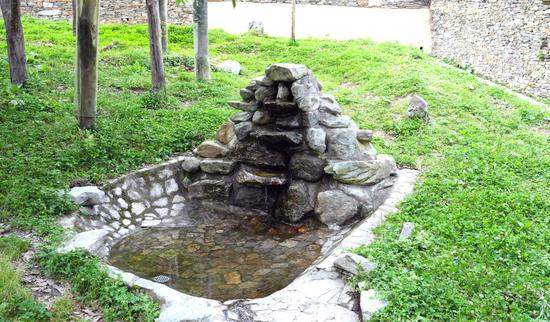

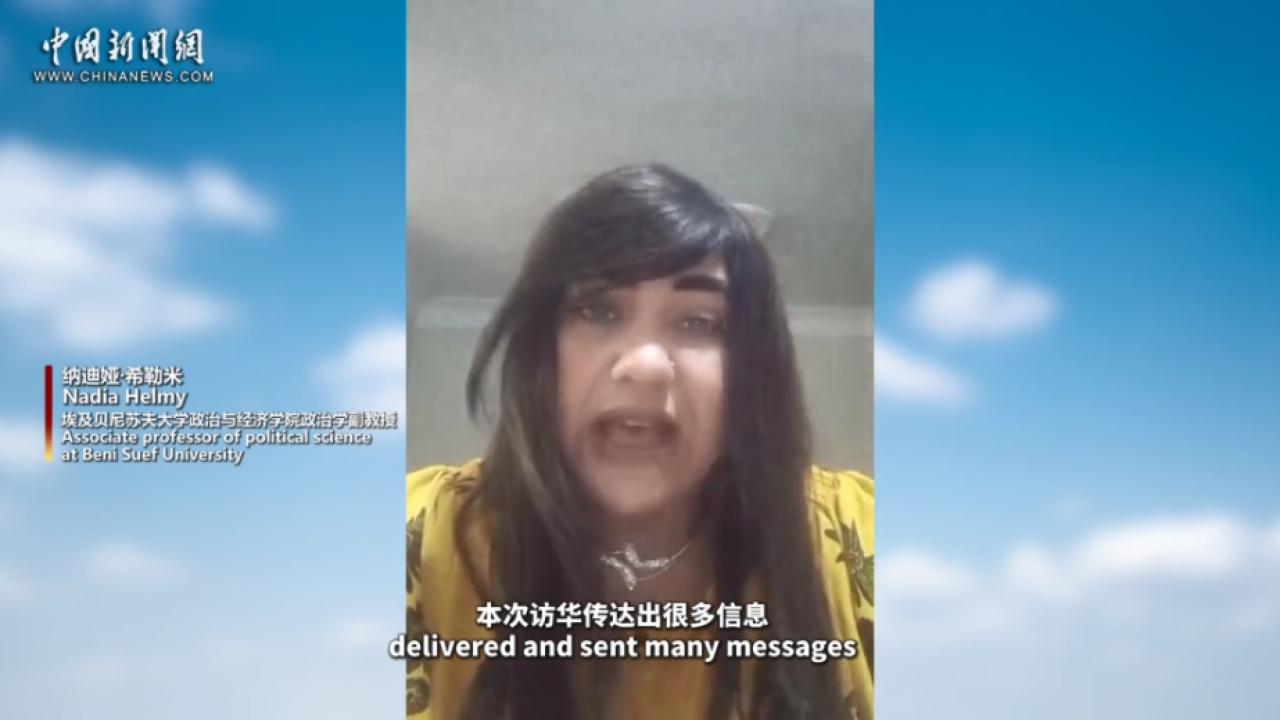

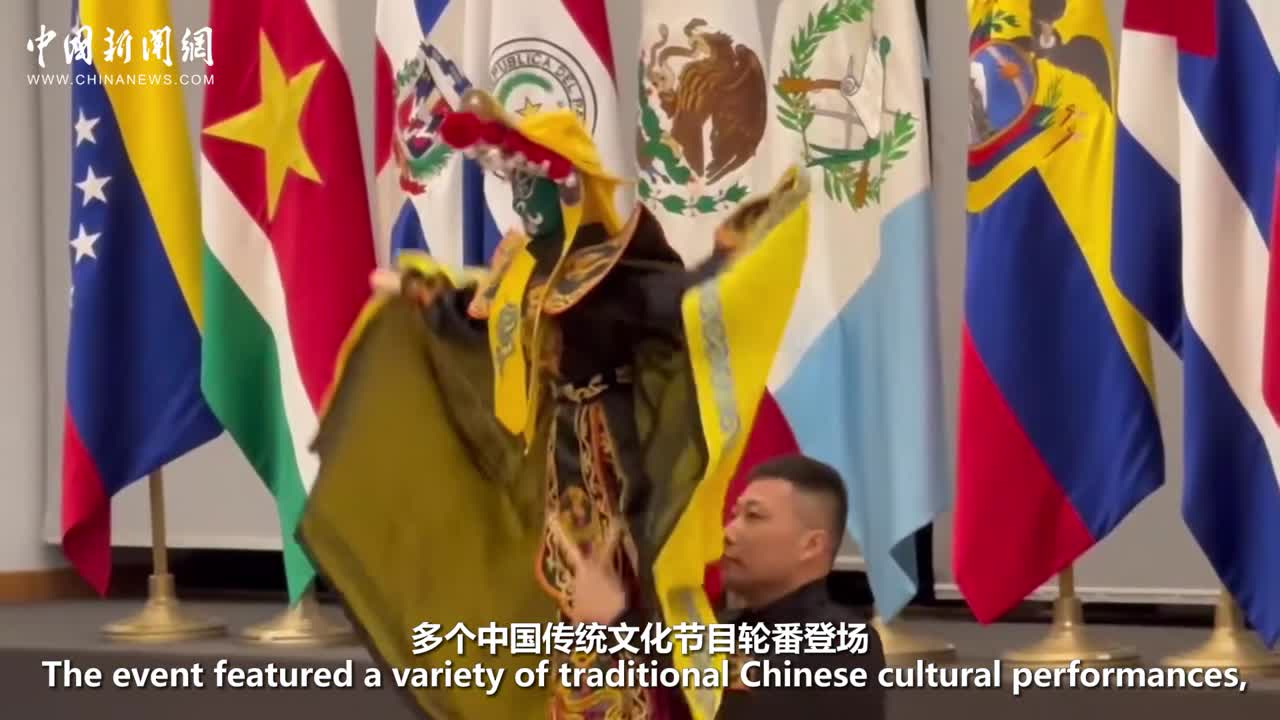

 京公网安备 11010202009201号
京公网安备 11010202009201号